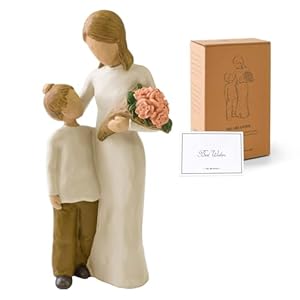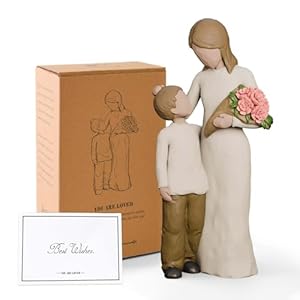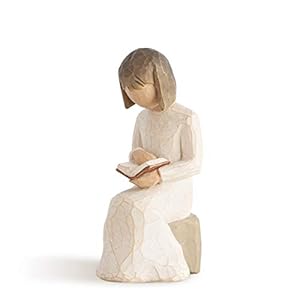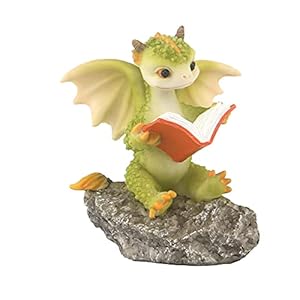
When designing a nursery that evolves alongside your child, strategic planning is key. From furniture choices to color palettes and organizational solutions, each element plays a crucial role in creating a space that can adapt to your child’s changing needs. By considering factors like functionality, longevity, and style, you can craft a nursery that seamlessly transitions from infancy to childhood. But how can you ensure that every design decision contributes to a space that truly grows with your little one?
Choose Adaptable Furniture
When designing a nursery that grows with your child, opt for furniture that can easily adapt to their changing needs. Choose pieces that serve multiple functions to accommodate different stages of your child’s development. For example, select a crib that can later be transformed into a toddler bed or a daybed. This way, you won’t have to constantly replace furniture as your child grows.
Consider investing in a dresser that can also serve as a changing table. This dual-purpose furniture saves space and can be used long after your child outgrows diapers. Look for bookshelves that can hold not only baby books but also toys, school supplies, and decorative items as your child gets older. Versatile storage solutions will help keep the room organized and clutter-free.
Additionally, opt for seating options like a comfortable rocking chair that can be repurposed as a cozy reading nook once your child no longer needs to be rocked to sleep. By choosing adaptable furniture, you can create a nursery that evolves with your child’s needs and saves you time and money in the long run.
Opt for Neutral Color Schemes
Consider incorporating neutral color schemes into your nursery design to create a versatile and timeless aesthetic that can easily adapt to your child’s changing tastes and preferences. Neutral colors like whites, grays, beiges, and soft pastels provide a calm and soothing backdrop that can complement various themes or styles as your child grows. These hues are also gender-neutral, making them suitable for any future siblings or if you decide to repurpose the room for a different use later on.
Neutral colors serve as a blank canvas that allows you to add pops of color through easily interchangeable decor items such as rugs, curtains, bedding, and wall art. By choosing neutral walls and furniture, you create a foundation that’s easy to update with accessories in different shades or patterns to reflect your child’s evolving personality. Additionally, neutral colors can help create a cohesive look throughout different stages of your child’s development, saving you time and money on frequent room makeovers.
Incorporate Customizable Elements
To design a nursery that grows with your child, incorporating customizable elements allows you to adapt the space as your child’s interests and needs evolve. Choose furniture pieces that can easily transform as your child grows, such as cribs that convert into toddler beds or changing tables that become dressers. Opt for wall decals or removable wallpaper that can be easily replaced to reflect your child’s changing tastes.
Additionally, consider incorporating storage solutions that can be adjusted or added to as your child’s belongings accumulate.
Customizable elements like modular shelving units or toy organizers with adjustable compartments provide flexibility to reorganize the nursery as needed. Including a bulletin board or a magnetic wall allows for easy rotation of artwork and decorations, keeping the space fresh and engaging.
Embrace Functional Storage Solutions
To optimize the functionality of your child’s evolving nursery, prioritize integrating functional storage solutions that adapt to their changing needs and growing belongings.
Consider using versatile furniture pieces like cribs with built-in drawers or shelves, which provide convenient storage for essential items such as diapers, clothing, and blankets.
Opt for bookcases or shelves that can easily transition from holding board books to larger storybooks as your child grows.
Utilize storage bins, baskets, or containers that can be easily labeled and accessed to organize toys, art supplies, and other items.
Maximize closet space by installing adjustable shelving or hanging organizers to accommodate changing storage needs.
Additionally, think about incorporating multi-functional furniture such as storage ottomans or benches that offer both seating and hidden storage compartments.
Trending Products














